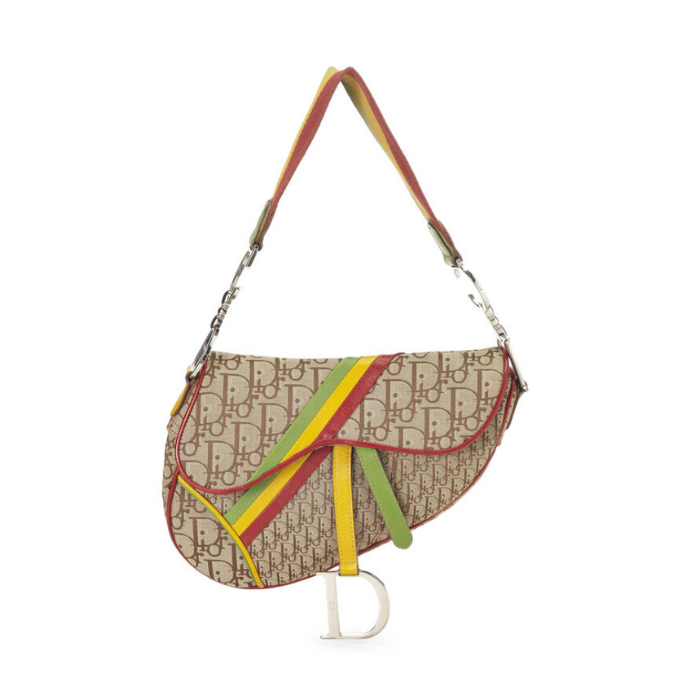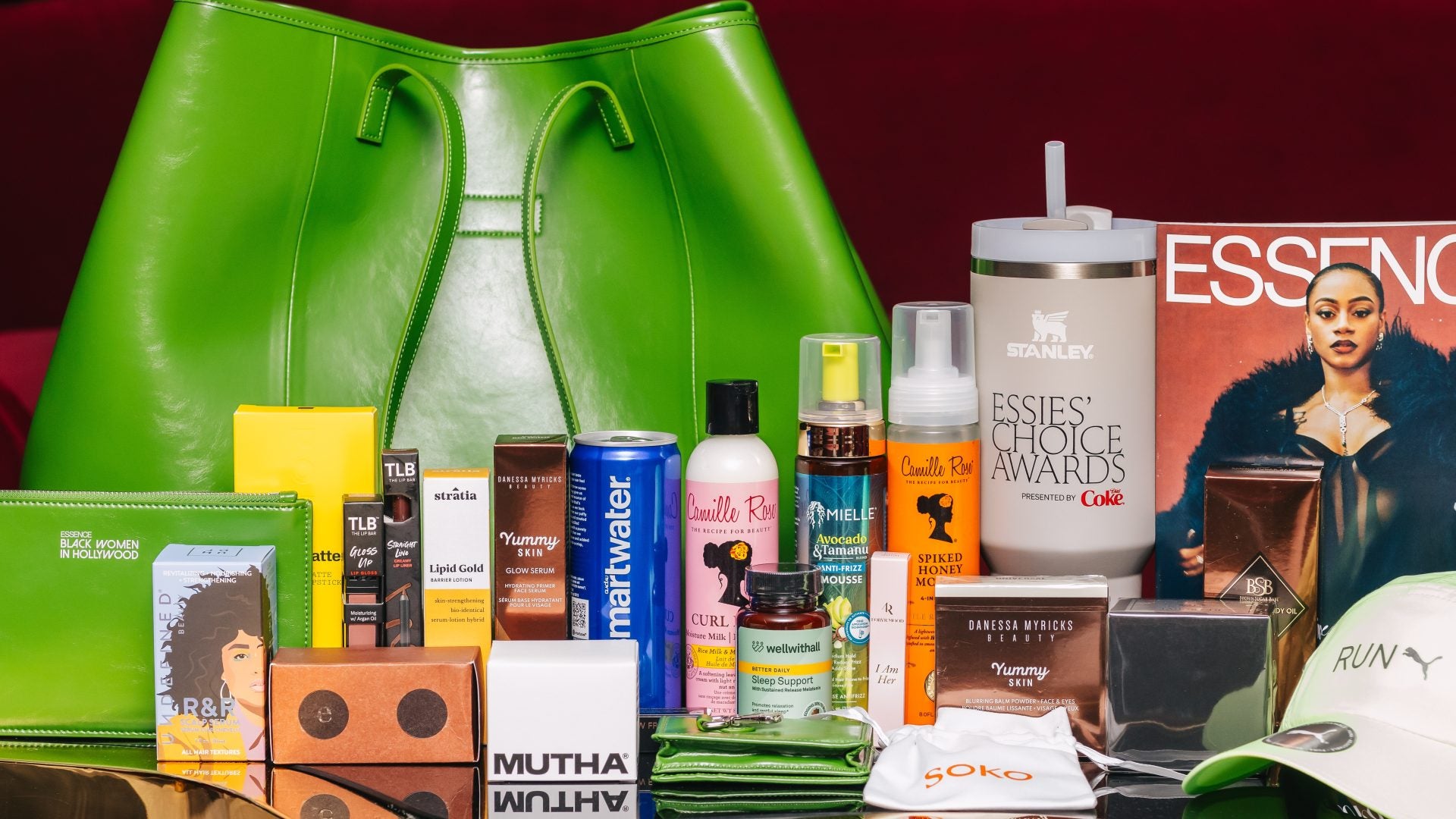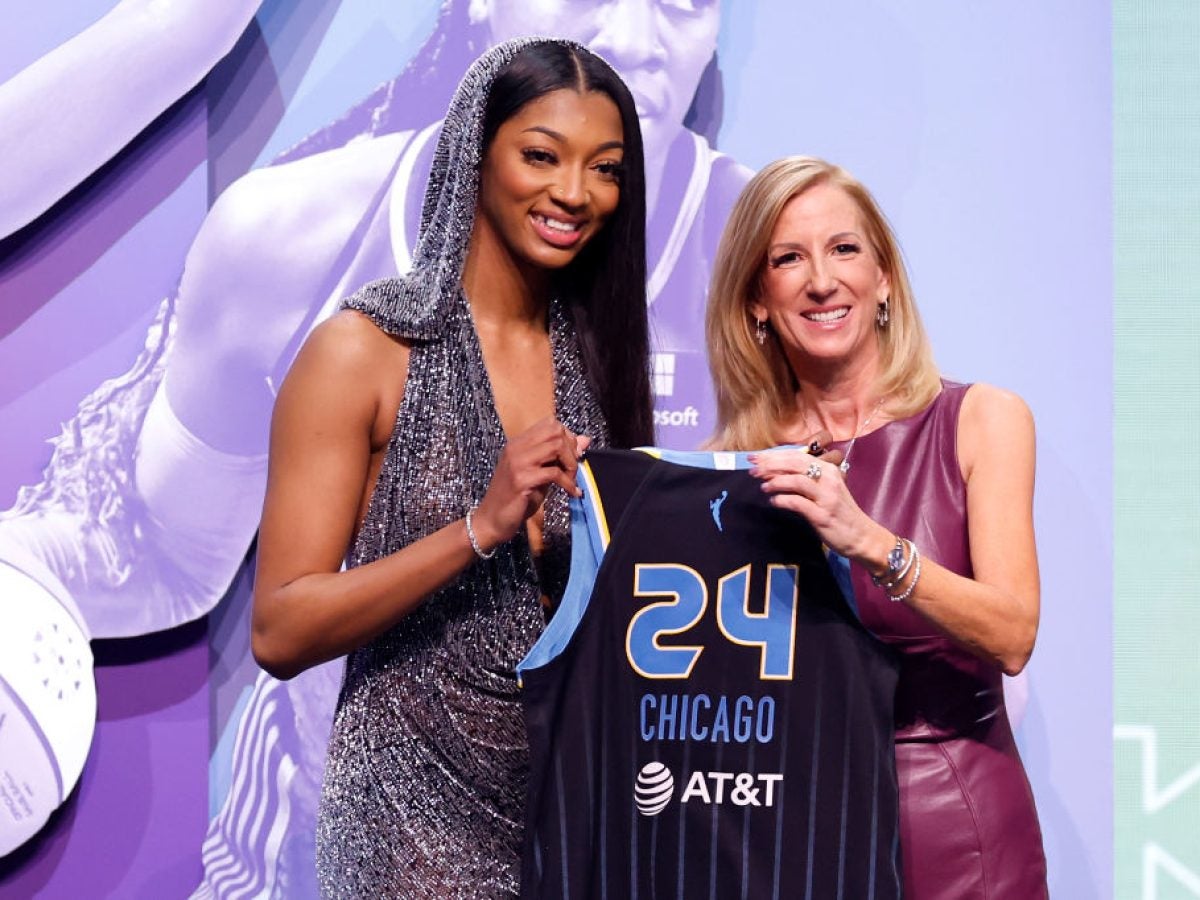
The WNBA draft recently took place and it has everybody talking, but it may not for the reasons you think. What should’ve been a night of celebration for the talented college hoopers’ new spots in the league, it was instead a collective realization of what the gender pay gap really looks like. During the draft, people took to the internet so share how shocked they were about the women players’ salaries in comparison to their male counterparts in the NBA.
This is no secret, as conversations around the salary chasm have taken place for years, but this year’s swath of young stars brought along their large social media followings, so unsurprisingly there was heightened interest around their contracts.
For context, last year, a WNBA player earned $113,295 base salary on average. An NBA player made an average of $9.7 million. Angel Reese, one of the draft’s signed to the Chicago Sky, previously spoke to the pay gap and her concerns about the league.
The LSU phenom shared in a Teen Vogue cover story “WNBA players don’t get paid as much as they should.” She told the outlet last summer that “being able to grow this now, while I’m in college, and doing this now can help me when I get to the WNBA.”
That growth she was referring to was a reported $1.6 million (back then) in NIL deals which was amassed in just a few years. With the WNBA, she’s projected to earn about $73,000/year.
With that, it’s unsurprising that Reese focused her efforts on wealth-building through brand partnerships despite her early plans to join the WNBA while playing in college. As ESSENCE previously pointed out, pro women players typically take on the option to play overseas since it grants the majority of them larger salaries that rival the WNBA’s 5-month salary cap of just over $110,000. A major difference from the NBA where the cap is nearly $110 million and the base salary of over $580,000.
“I wasn’t shocked at all by how disparate the salaries are between men an women in the these leagues,” said Sharon Rose Hayward, a women’s career coach who regularly consults her clients through salary negotiation challenges. “I was actually more surprised at how outrage people were by it—this isn’t new information.”
She continues: “Women have always been paid significantly less and have largely accepted it because of our conditioning.”
The question of the WNBA’s overall market value compared to the NBA’s come up when evaluating the sizable pay gap.
As MSNBC reports, the WNBA currently has media rights deals across broadcast, cable and streaming platforms worth a total about $60 million per year. But with recent heightened interest and viewership, that number is projected to increase significantly, and likely, so would player salaries. Conversely, the NBA is looking to double the $24 billion it generated from its previous media rights deal with Disney and Warner Bros. Discovery CNBC reports.
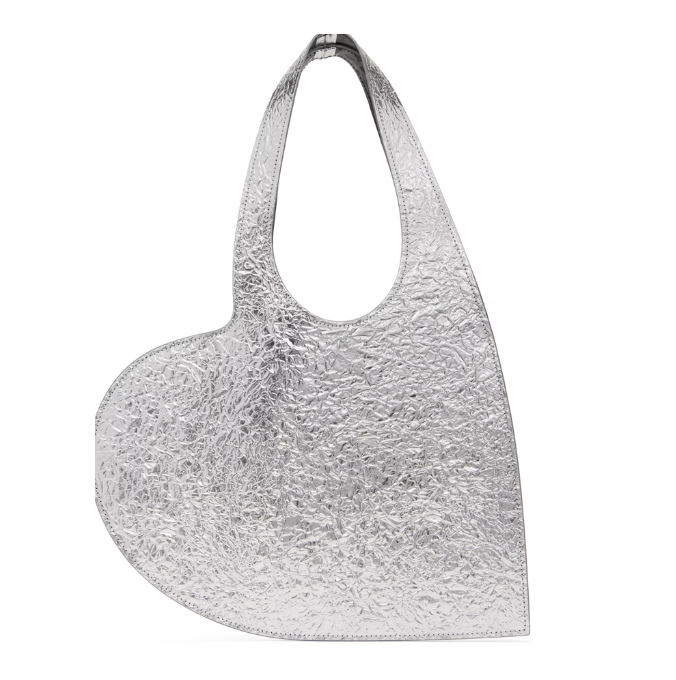
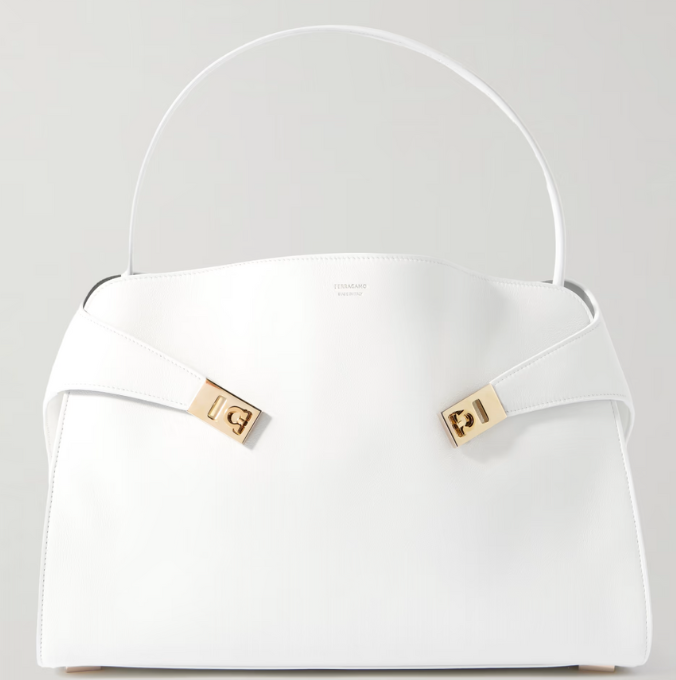
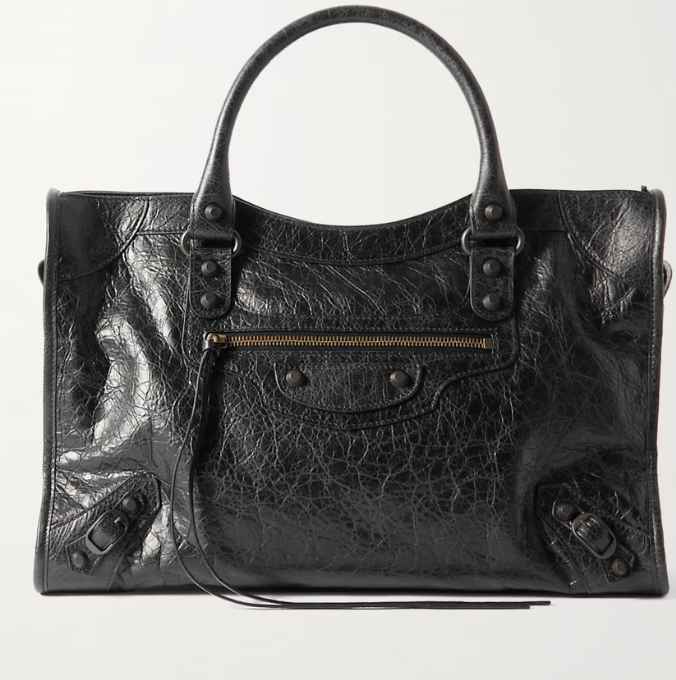
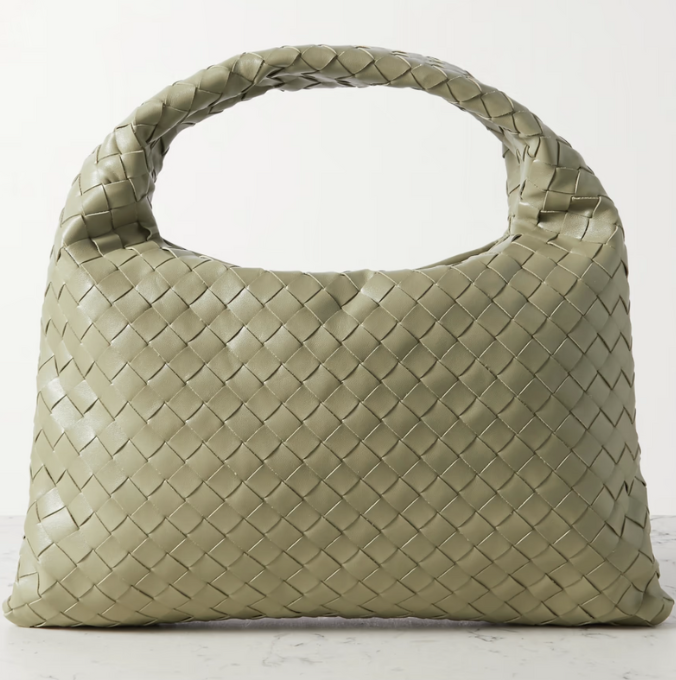
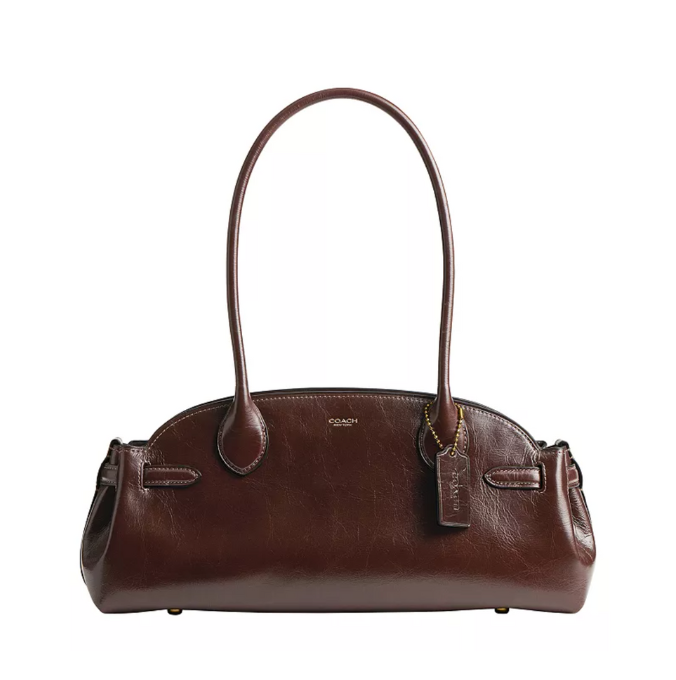
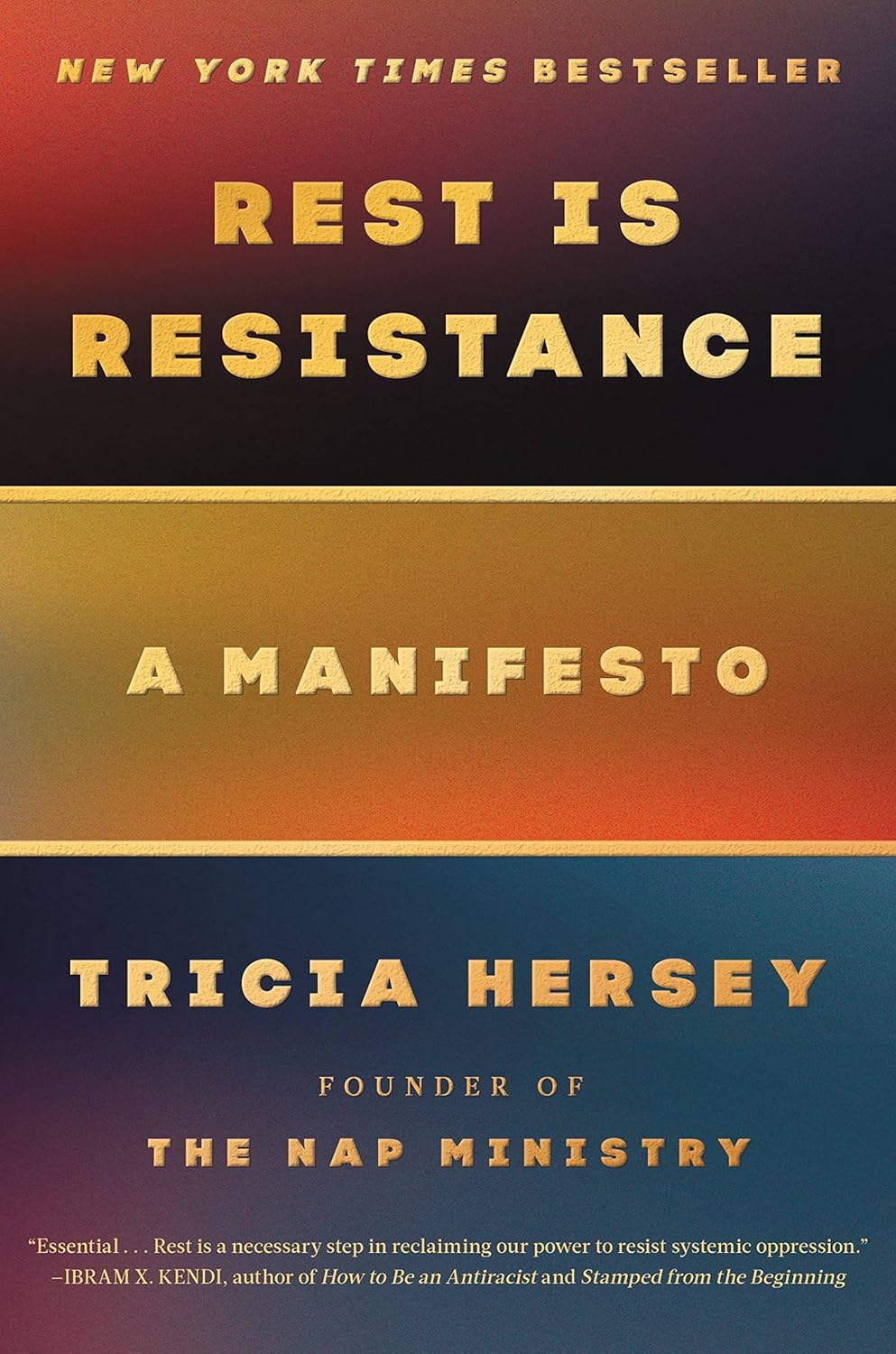
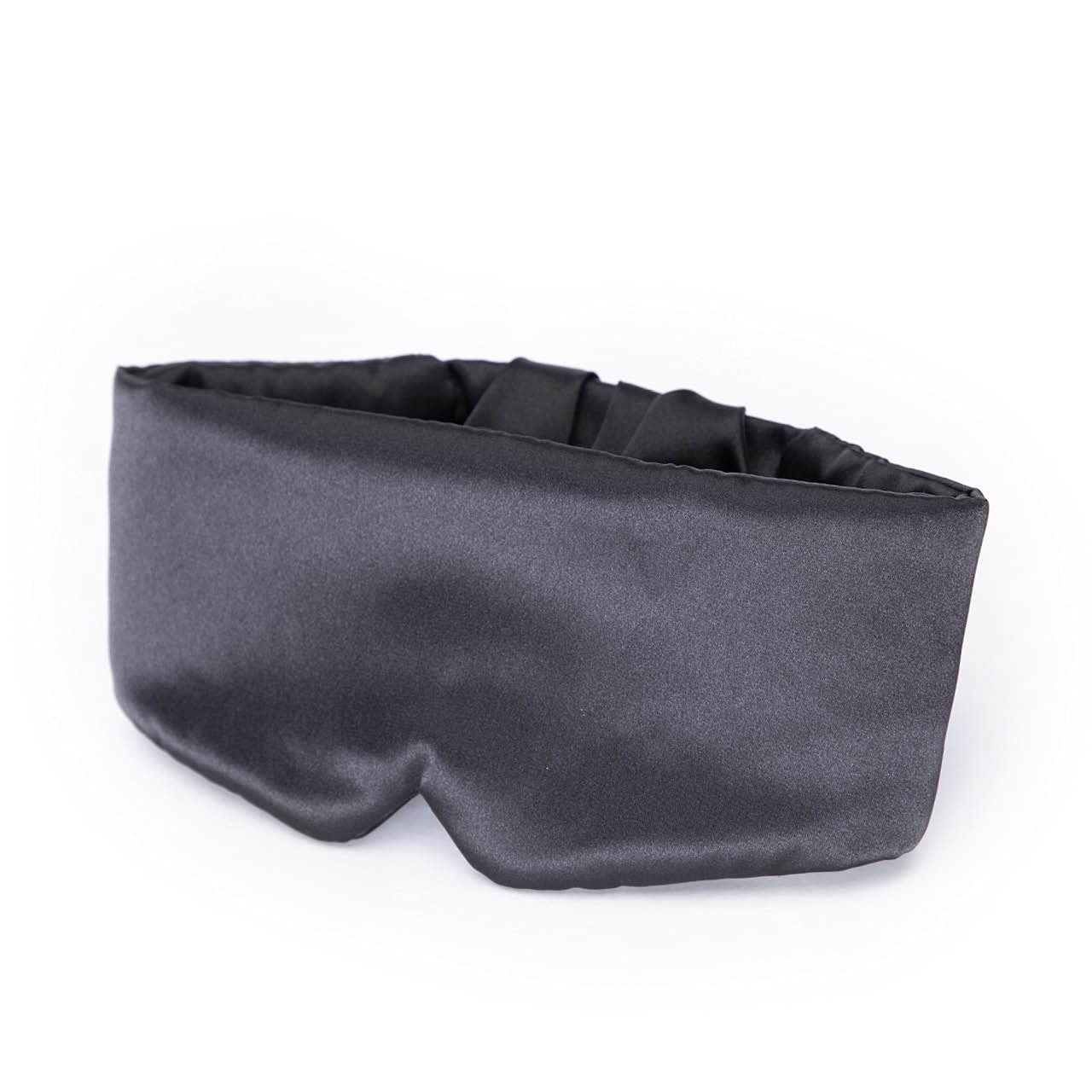
Hayward says the WNBA pay disparity is no different than what women face across all walks of life.
“We should all take time to identify what our market value is by looking up standard industry rates and measuring ourselves against them, but also keeping in mind that we should always assert our worth, even if that means supplementing that loss of income somewhere else. I don’t blame these youg women for leveraging NIL deals.”
